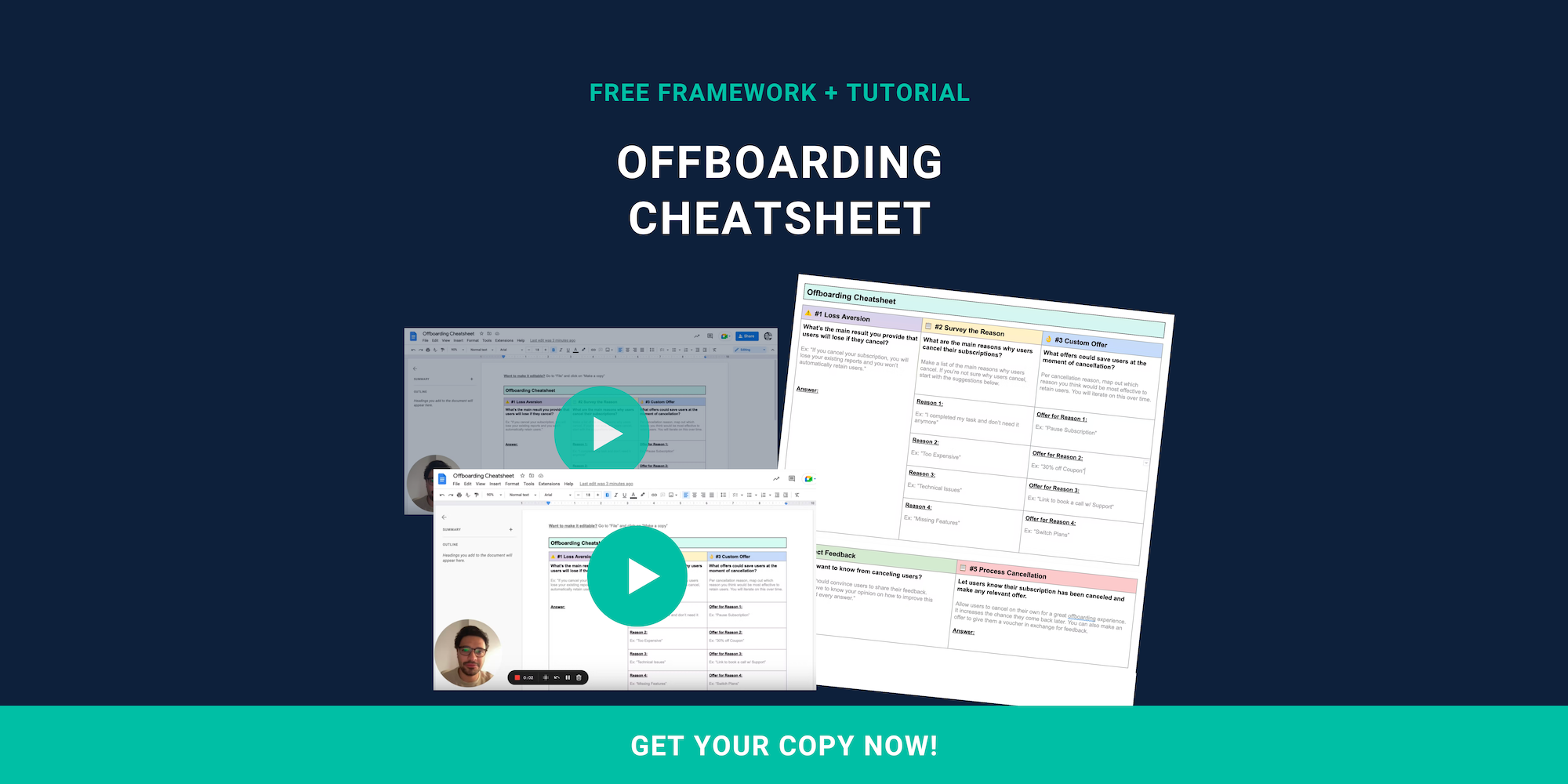Does your SaaS startup have enough runway? Understanding how to calculate burn rate is essential to making informed financial decisions. The burn rate formula can also help you to effectively communicate with early-stage investors about your startup's financial health.
If you want to learn more about what burn rate is and why it matters to SaaS founders and investors, you've come to the right place.
Let's dive straight into the basics.
What Is The Burn Rate Formula?
Burn rate refers to the rate at which a SaaS company depletes its cash pool over a given period. This is a very common SaaS performance metric that venture capitalists will look at when considering an investment. Many seed-stage investors and venture capitalists will provide funding based on a startup's burn rate.
In the early stages of growth, some SaaS companies are unable to generate a positive net income. This is usually because the SaaS founders are aggressively investing back into the business to fuel future growth.
If you're not careful, your startup can run out of money before it has the chance to become profitable. This is why it's important to track your burn rate and make sure that you have sufficient financing in place to support your growth.
It's not an uncommon problem for SaaS founders to face. In fact, a study by CB Insights showed that 38% of startup failures are due to running out of cash.
How To Calculate Burn Rate (Burn Rate Formula)
The burn rate equation is relatively simple. Burn rate is the amount of cash your account has decreased by in a single month. Oftentimes, this will describe a SaaS startup's negative cash flow. There are two types of burn rate you need to know about: gross burn rate and net burn rate. Let's break these down.
Gross Burn Rate Formula
Gross burn rate is how much cash you spent in a month. This does not take your total revenue (any incoming cash) into consideration. This gives you a clear picture of your startup's operating expenses, regardless of revenue. You can calculate gross burn rate using this formula:
Gross Burn Rate = Cash / Monthly Operating Expenses
Net Burn Rate Formula
Net burn rate takes the startup's incoming revenue from cash into consideration. This metric gives you an understanding of how much more revenue you will need to break even, along with how much longer you have before running out of money if your situation does not improve. You can calculate net burn rate using this formula:
Net Burn Rate = Cash / Monthly Operating Losses
What Is A Good Burn Rate?
There's no one-size-fits-all answer to this question. It depends on your business model, how much money you have in the bank, and your growth plans.
While it's easy to assume that you need to reduce your burn rate, it's not always necessary. It all depends on how you are allocating capital and how this impacts your startup. If your burn rate is high but you are effectively using capital to fuel future growth, this seems like good capital allocation.
Alongside your CFO, you must decide whether to focus on preserving cash or investing in growth. There is no right answer, but you need to make a conscious decision about which path you want your SaaS startup to take.
Why Is Calculating Burn Rate Important?
It's the responsibility of your CFO to interpret your burn rate and know how much cash your SaaS startup will need at any given time. This is a constant process that is critical to ensuring the overall sustainability of your business.
Does your SaaS startup have enough runway? That is determined by how long you believe it will take before you find more money or start to produce enough income to cover your costs. If you only have a few months of runway and your SaaS product is not launching for at least six months, it's evident you do not have enough runway.
In contrast, if you have revenues that are increasing month-on-month after a successful SaaS product launch, a few months of runway is less concerning. Although, your CFO should focus on resolving this issue by exploring potential funding options to ensure you do not run out of money.
Ultimately, it's up to you and your CFO to make the decision on what is a good burn rate for your SaaS startup.
How Can You Reduce Your Burn Rate?
If you want to reduce your burn rate, take a close look at your monthly expenses and see where you can cut back. This might include renegotiating contracts with suppliers, reducing marketing spend, or finding ways to reduce your customer acquisition costs.
Rather than focusing on ways to reduce your burn rate, you should focus your attention on ways to increase your revenues.
You can do this by introducing new pricing plans, upselling existing customers, or launching new SaaS solutions.
Raaft can play an important role in helping you to reduce and combat SaaS churn through the power of customer feedback.
Using Raaft, you can collect feedback and save SaaS customers using retention flows.

Offboarding Cheatsheet
This framework + video tutorial will help you design a better cancellation process.
Some of our featured articles

Adam Crookes

Adam Crookes

Adam Crookes
Customer Success insights in your inbox
Helping Founders and Customer Success Managers handle customer retention effectively.
We will only ever send you relevant content. Unsubscribe anytime.


